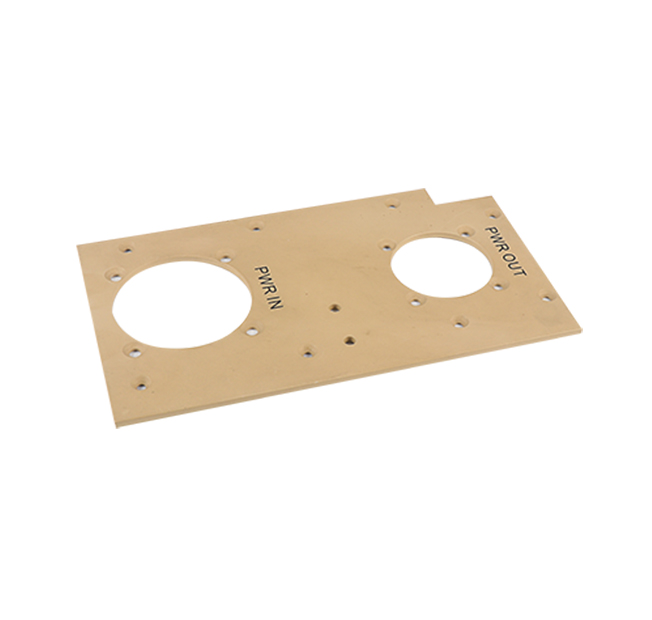Time:2025-06-17 Views:0 source:CNC Machining customization source:CNC Machining news

The CNC machining of metal structural components for communication base stations is a complex process that requires a focus on strength, precision, and environmental adaptability to ensure the reliable operation of the base stations in various outdoor environments.
Material Selection for Strength and Corrosion Resistance
Metal materials used in communication base station structural components must possess high strength and excellent corrosion resistance. Steel, especially high - strength low - alloy (HSLA) steel, is widely used due to its ability to withstand heavy loads, such as the weight of antennas and equipment, as well as environmental forces like wind and earthquakes. HSLA steel offers a good combination of strength, toughness, and formability, allowing for the production of complex - shaped structural components. Aluminum alloys are also increasingly used, especially in applications where weight reduction is a priority, such as in the construction of tower components. Aluminum has a low density, which reduces the overall weight of the base station structure, making it easier to transport and install. Moreover, its natural oxide layer provides some level of corrosion resistance. However, for harsher environments, additional surface treatments may be required. In coastal areas or regions with high humidity and industrial pollution, materials with enhanced corrosion resistance, such as stainless steel or galvanized steel, are preferred to ensure the long - term durability of the base station components.
Precision Machining for Assembly and Performance
Precision is critical in the CNC machining of communication base station metal components. These components need to fit together precisely during assembly to ensure the stability and functionality of the entire base station. CNC machining processes, such as milling, turning, and drilling, are used to achieve the required dimensional accuracy. The machining of holes, slots, and other features on the components must be accurate to within tight tolerances to ensure proper alignment and connection of different parts. For example, the holes for mounting antennas and other equipment need to be drilled with high precision to ensure that the equipment can be installed securely and operate correctly. Advanced CNC machines with high - speed spindles and precise servo - control systems are employed to achieve the necessary precision. In addition, the surface finish of the components also affects their performance. A smooth surface finish can reduce wind resistance and prevent the accumulation of debris, which is important for the long - term operation of the base station in outdoor environments.
Surface Treatment for Environmental Protection
Given that communication base stations are mostly located outdoors, surface treatment of the metal components is essential for protection against environmental factors. Galvanization is a common surface treatment method for steel components. Hot - dip galvanizing involves immersing the steel parts in a bath of molten zinc, which forms a thick, protective zinc layer on the surface. This layer provides excellent corrosion resistance by acting as a barrier between the steel and the surrounding environment. Powder coating is also widely used, especially for aluminum components. Powder coating creates a durable, weather - resistant film on the surface, which can protect the metal from UV radiation, moisture, and chemical corrosion. Additionally, it can be customized in different colors to blend in with the surrounding environment or for identification purposes. In some cases, anti - graffiti coatings may be applied to prevent vandalism, ensuring the integrity and appearance of the base station components.
the CNC machining of metal structural components for communication base stations requires careful consideration of material selection, precision machining, and surface treatment. By meeting these requirements, manufacturers can produce high - quality components that contribute to the reliable and long - lasting operation of communication base stations.
Read recommendations:
Sealing ring Precision electronic parts
Housing components for recessed downlights Precision electronic parts
Oval Magnetic Hardware Precision electronic parts
CNC Machining Dimension Accuracy
CNC processing factory - Meeting customers' strict requirements for precision